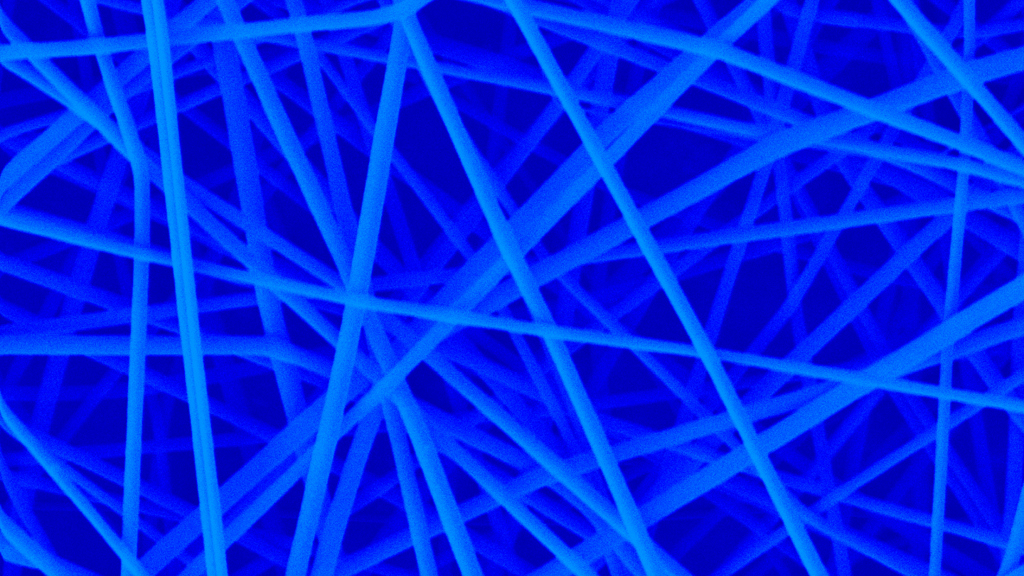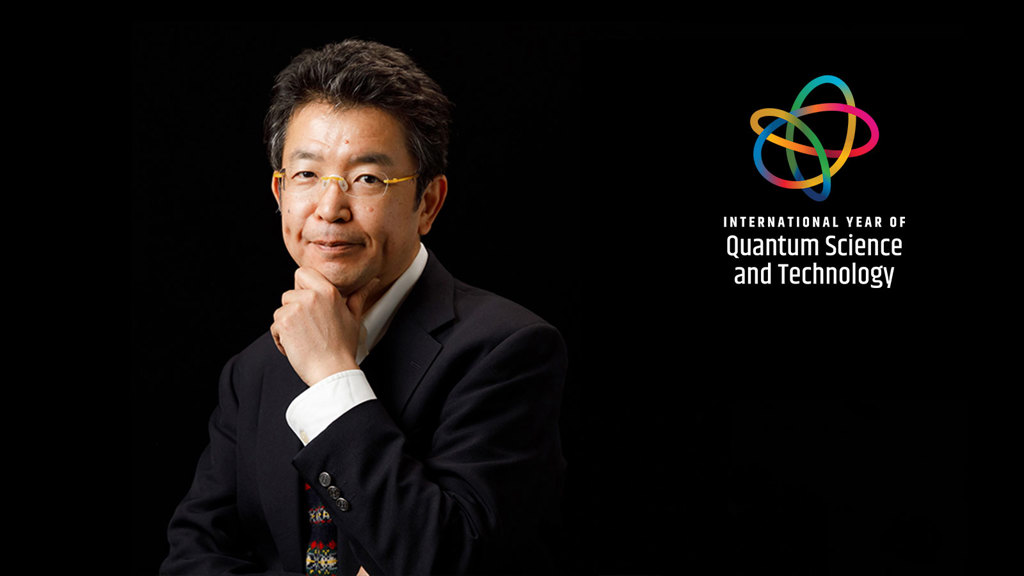Optica Sensing Congress

View Plenary Speakers.
Advance Registration.
Save when you register before 06 June.
Deadline: 06 June 2025, 00:00
Register NowSign up for event updates
Sign up nowThe Congress and Co-located Meetings
Sensors and sensing technologies that utilize optical techniques are becoming central to many aspects of our modern life.
The Optica Sensing Congress presents the latest developments in optical sensing and sensors and their use in various applications. Of particular note are several hot topics, including photonic integrated circuits (PICS), fiber-based sensing, quantum sensing technology, THz sensing, sensing solutions in manufacturing and the latest developments in comb spectroscopy, including fiber lasers and mid-IR sources.
The optical sensor market continues to expand, and sensor technology is becoming more and more sophisticated, with integration from the chip level to full system platforms.
Applied Industrial Spectroscopy (AIS)
Explores the use of spectroscopy and spectral sensing to provide actionable information to industry.
Fourier Transform Spectroscopy (FTS)
Focuses on the latest advances in instrumentation and applications of Fourier Transform Spectroscopy.
Hyperspectral/Multispectral Imaging and Sounding of the Environment (HISE)
Explores advances in all aspects of hyperspectral and multispectral sensing instrumentation and applications.
Optical Sensors (Sensors)
Explores all aspects of optical sensors, from fundamental science and technologies to applications.
Optics and Photonics for Sensing the Environment (ES)
Focuses on using optical sensing to monitor all aspects of the environment, from point sources to global scales.
Quantum Sensing and Metrology (QSM)
Covers the latest developments of quantum sensing technologies and their real-world applications.
Industry Program

The program, curated by industry chairs, explores the collaboration between academia and industry and the evolution from research to application.
Optica Distinguished Lecturer Series

Hidetoshi Katoro, The University of Tokyo, Japan, presents on optical lattice clocks for future applications. The talk is presented as part of Optica's recognition of the International Year of Quantum Science and Technology.
Congress Chairs

Gilberto Brambilla
University of Southampton, UK, Chair

Johannes Kunsch
Laser Components GmbH, Germany, Industry Chair
Corporate Sponsors
Image adapted as 3D model with permission from authors: The creation of nanofiber meshes allows for the implantation of numerous cell cultures to support gland replacement. The nanofiber meshes are created from a variety of synthetic materials, e.g., PGS/PLGA. Core/shell nanofiber characterization by Raman scanning microscopy. Sfakis, Lauren; Sharikova, Anna; Tuschel, David; Costa, Felipe Xavier; Larsen, Melinda; Khmaladze, Alexander; Castracane, James. Biomedical Optics Express, Vol. 8, Issue 2, pp. 1025-1035 (2017).

